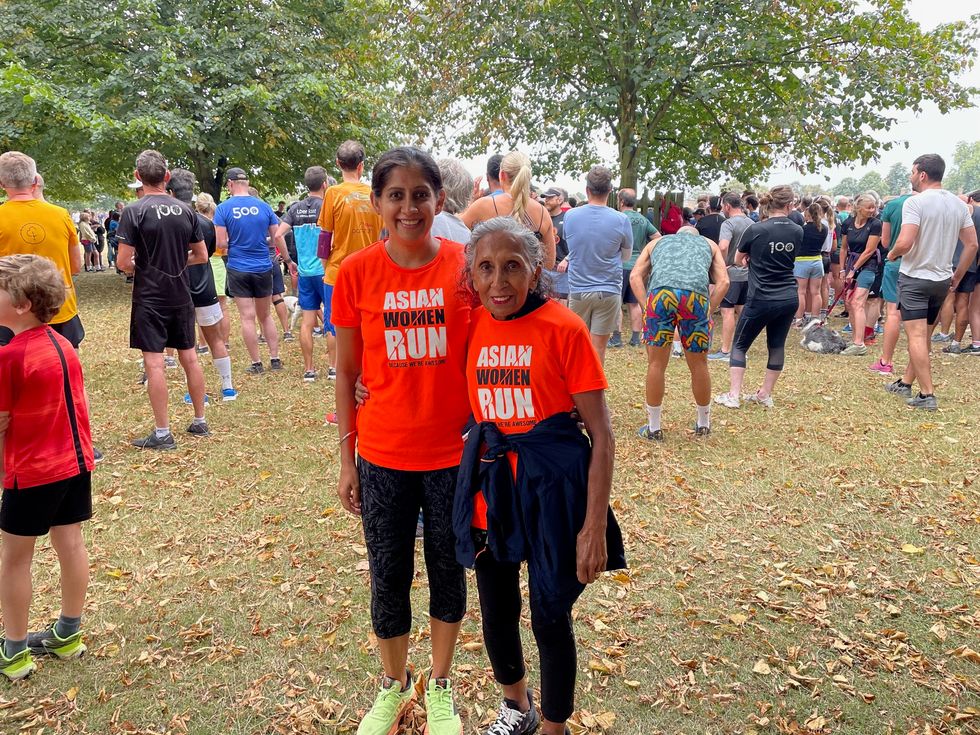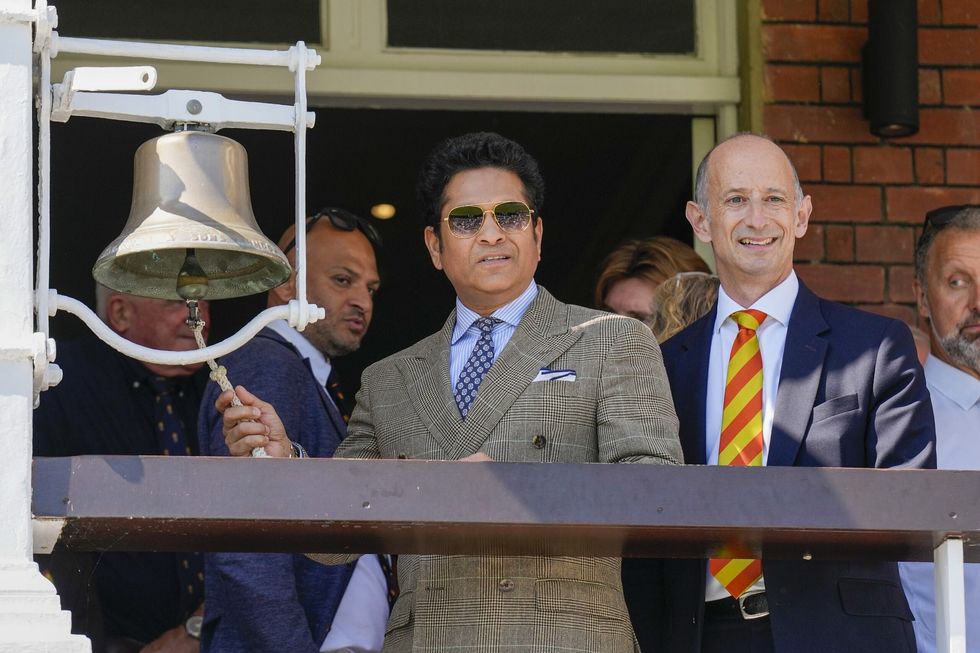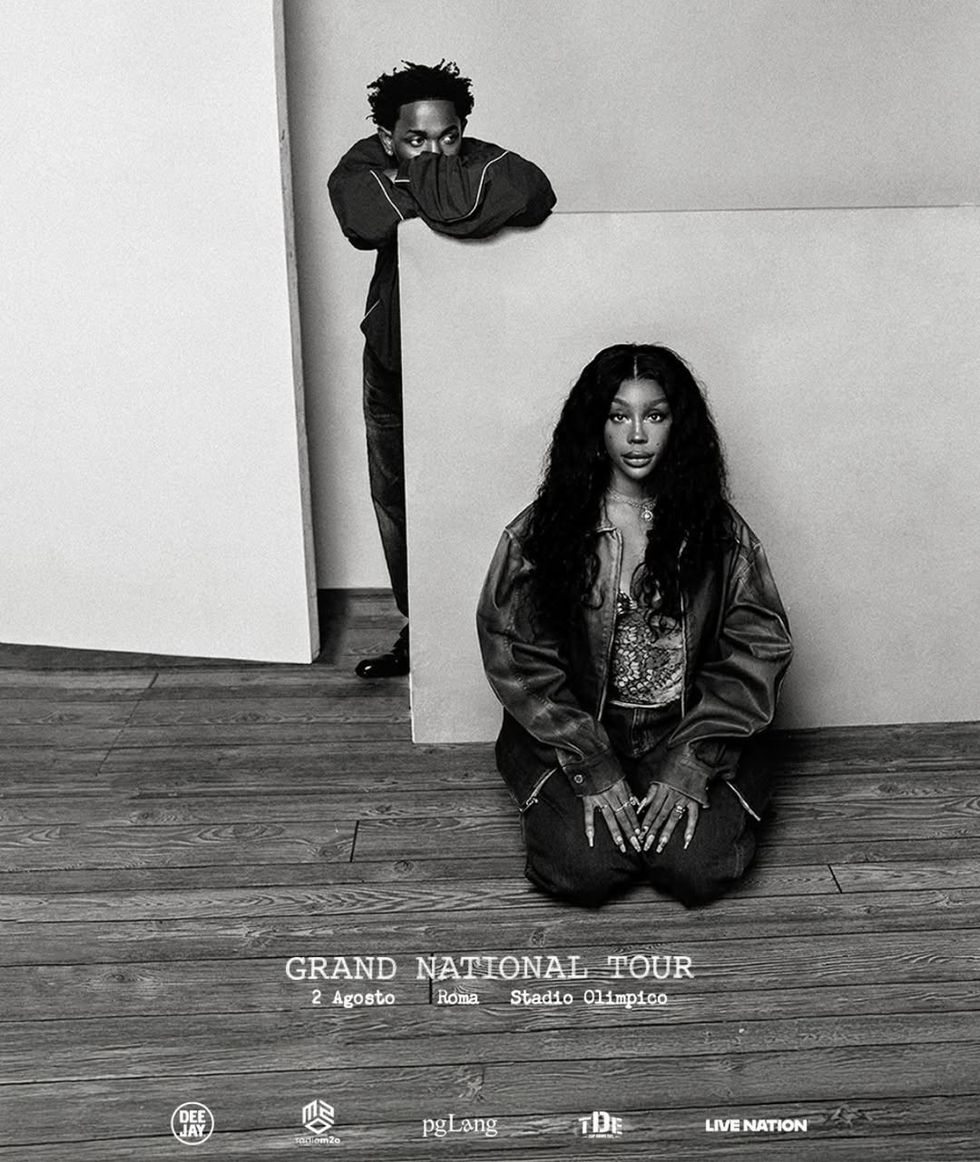After Suryakumar Yadav and Ishan Kishan earned their maiden call-ups to the Indian national team, vice-captain Rohit Sharma stressed on the importance of playing without any pressure when they take on England in a Twenty20 series.
Kishan and Suryakumar were named in the squad after plundering 516 and 480 runs respectively in the Indian Premier League last season, where the pair played under Rohit for the Mumbai Indians as they clinched their fifth title in November.
"I don't want them to be thinking about anything," Rohit told reporters on Wednesday. "That's how they bring their best performance out.
"Having watched them closely for a few years now, I've realised it's important for them to be part of this wonderful team, a great setup... I just want them to have fun and understand what this team is all about.
"These guys have done really well in the last few years, especially the last year. It's just about carrying that form and putting it out there. It's not going to be that easy here, they will be challenged every now and then."
For England, it's a much-awaited return to the squad for all-rounder Liam Livingstone who had similar success in Australia's Big Bash League where he scored 426 runs for Perth Scorchers.
"For the first time in my career I feel like I belong in this environment and it's good to be back," Livingstone, who last played a T20 international in June 2017, said.
"I was pretty immature before and I'm a much different person now and even more so as a player.
"The Big Bash is such an exciting competition. That's the reason we play these franchise competitions. Playing in the IPL in front of 60,000 people and playing in a Big Bash final -- these are the pressure moments you start to get used to."
All five matches are being held in Ahmedabad with the series starting on Friday.
















 The circular structure inspired by jali screens in India
The circular structure inspired by jali screens in India Sophie, Duchess of Edinburgh, at the garden
Sophie, Duchess of Edinburgh, at the garden The couple display their medals
The couple display their medals
 (Photo credit: PTI)
(Photo credit: PTI)

 Kendrick Lamar and SZA commands the stage at Villa Park during his explosive opening setInstagram/
Kendrick Lamar and SZA commands the stage at Villa Park during his explosive opening setInstagram/